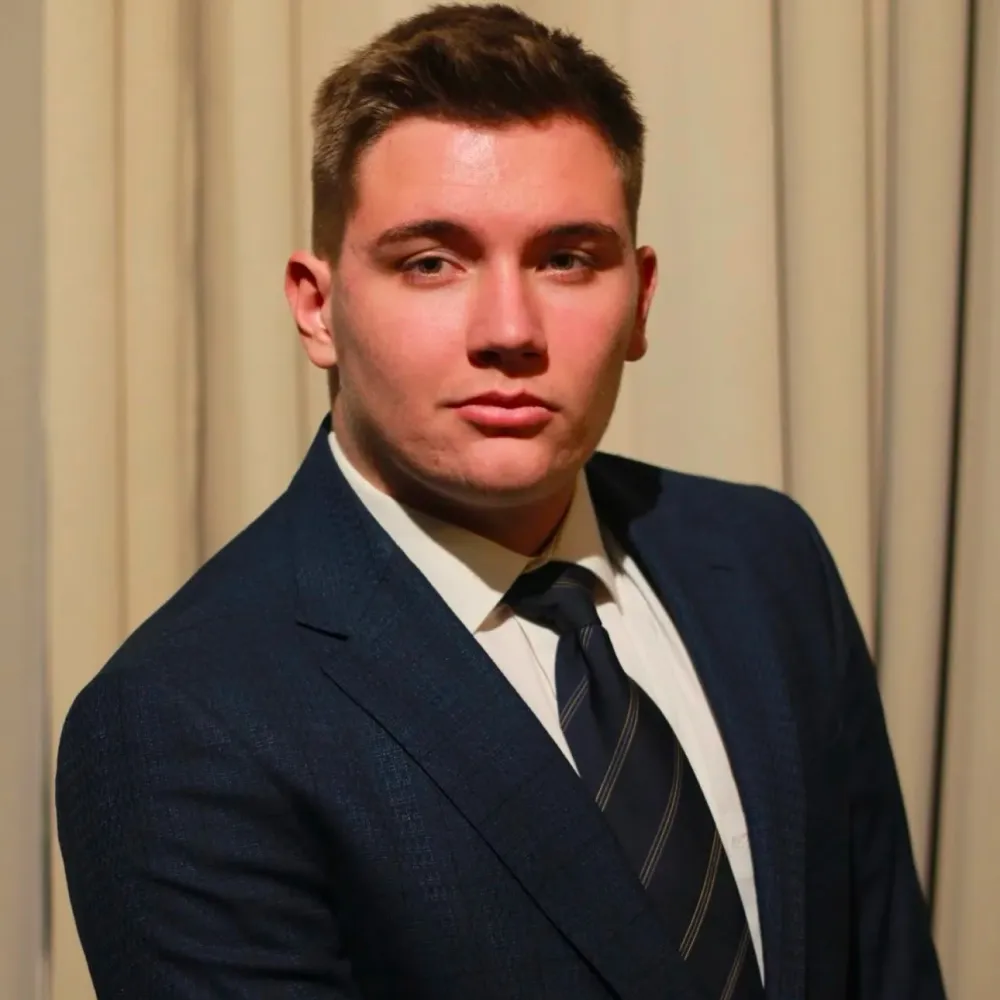NABI (North American Bus Industries, Inc.) managed to achieve significant success in an industry that today is worth nearly three billion dollars. Back in 2013, when NABI was sold, the industry was valued at around one billion dollars.
That year, the company was acquired by New Flyer Industries Inc., the leading manufacturer of buses in North America, for \$80 million.
But why even read a text about a bus manufacturing company? Why not write about a new boom in the world of artificial intelligence—that’s what’s trending, right?
I firmly believe that every business and every endeavor holds much more beneath the surface than just a trending moment or a headline. Rarely can a product or service be created and sold in complete isolation from outside factors. Every business move can hide a set of targeted objectives that such a move aims to accomplish. Sometimes, a single well-thought-out step can bring progress across various dimensions of a business, contributing not only to its success but also to the community it serves. That’s what we call a complete solution—and that’s exactly what NABI did in the late 1990s when it introduced its CompoBus models.
NABI recognized that the most expensive aspect for municipalities and cities buying transit buses wasn’t the upfront cost—it was everything that came after: maintenance, repairs, replacement parts, environmental impact... The industry wasn’t paying attention to that. It stayed in its standardized competitive space, trying to win by offering the lowest purchase price. NABI chose to create a new business space within the same industry by introducing fiberglass in the manufacturing of its buses.
At the time, fiberglass was 30–35% cheaper than steel, the material dominantly used in the industry. This is where the brilliance of NABI’s complete solution lies. The company didn’t find a cheaper way to build buses just to sell them at a higher price.
Instead:
* Preventive maintenance costs dropped drastically, as fiberglass doesn’t corrode.
* Repairs became significantly more efficient and affordable—damaged parts could simply be cut out and replaced with new fiberglass components.
* Reduced weight led to lower fuel consumption, which also meant reduced emissions.
* Lighter buses allowed for more interior space, more seating, and lower floors for easier access.
Cities and municipalities in the United States that adopted these buses reported up to a 30% increase in public bus usage among citizens. That alone implies reduced car usage, and therefore further reduction in greenhouse gas emissions.
The price of these buses was higher, yes—but the offering provided solutions to problems that other companies didn’t even consider addressing.
It takes experience and time to define the boundaries of a complete solution that a business model or enterprise can provide. What fascinates me about entrepreneurship is that the limits of what we can do are defined solely by the ideas and innovations we’re willing to implement. There’s no universal textbook. Your business will best represent who you are. We can draw inspiration from today, but also, clearly, from the past.
It’s also fascinating how many aspects of everyday life align with our entrepreneurial thinking and efforts.
In closing, consider how public transportation in Serbia could solve multiple problems across different regions of the country. While some areas may share similar issues, others certainly face unique challenges.
The plan is that by 2027, no public transport vehicle in Belgrade will be older than two years.
Which problems will that solve—and which will remain unchanged?
Is the age of the vehicle the only shared problem in all regions of Serbia?
Let these questions inspire you to think about how your idea could change your life—and the life of your community. It might not be about buses, but if you identify a problem that others haven’t, or haven’t addressed properly, that’s where *you* come in—with your creativity, knowledge, and courage.
Remember: your achievements are mirrors that reveal truths about you more clearly than anything else.
